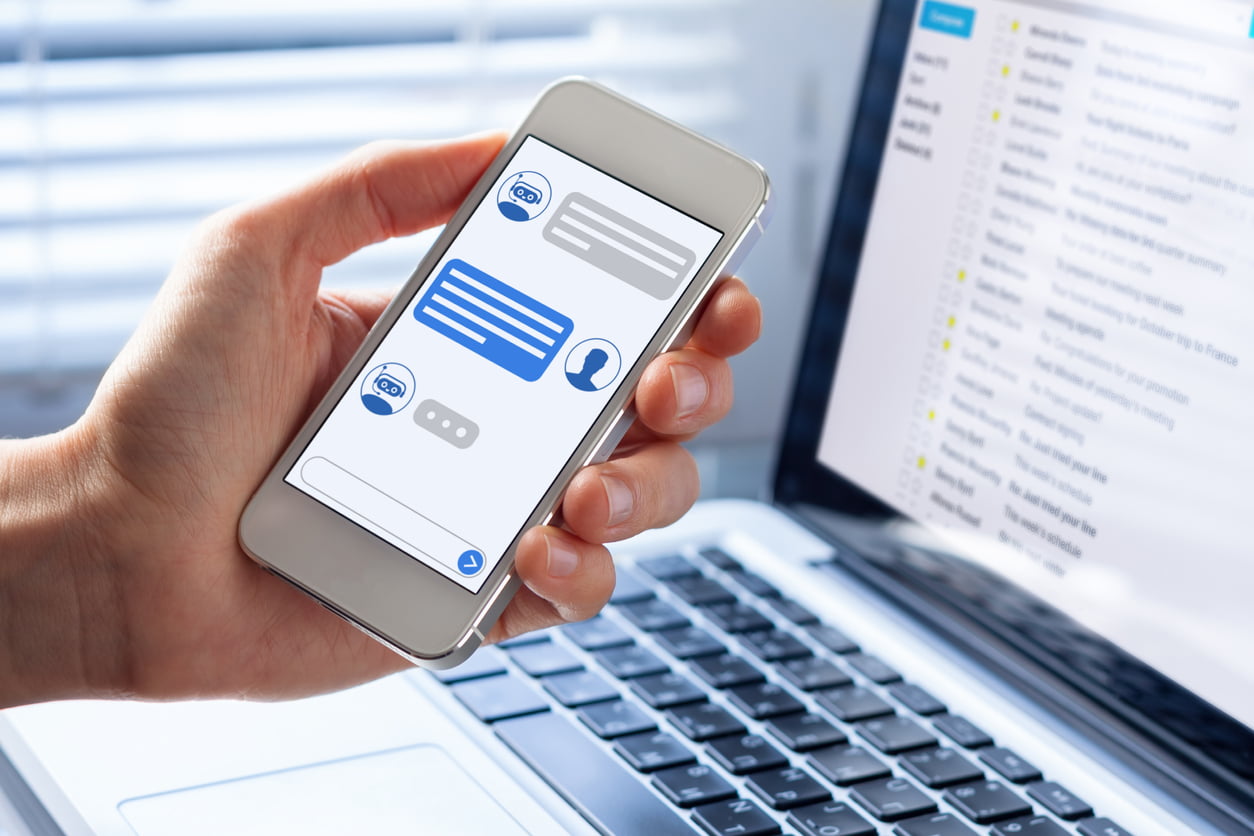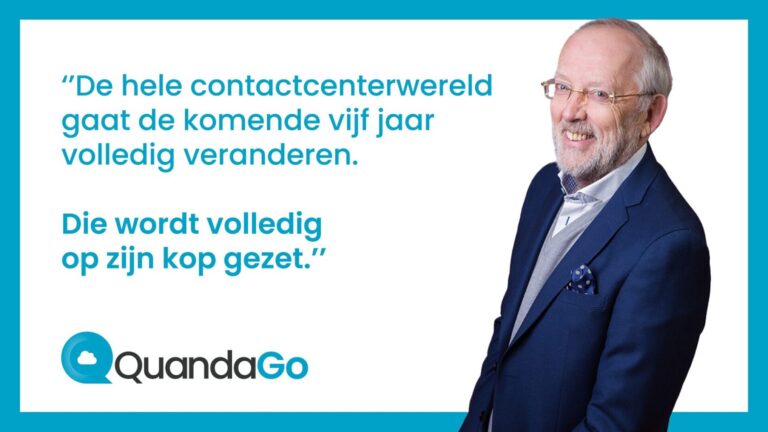The dramatic shift in customer expectations over the last year is causing companies to rethink the way they engage with customers using cloud contact center software. Rising demand for personalized service and convenience is driving brands to meet over customers’ preferred channels, which is increasingly through today’s most popular messaging apps.
In fact, over 90% of people’s day-to-day conversations happen in digital messaging channels like SMS, WhatsApp, Facebook Messenger and Viber. With messaging quickly emerging as the new channel of choice for customers, businesses have already started to engage them on leading messaging app platforms worldwide. This shift from traditional voice calls and live chat to messaging apps is transforming the way brands and consumers communicate, opening up new ways for companies to connect with and support customers.
According to Deloitte Digtal, over 50% of app users are more likely to interact with a business if they can message it. Consumers log into messaging apps, such as WhatsApp, Facebook Messenger and Viber, up to ten times a day to connect with their social network. To that end, among consumers in the 18-34 age group, messaging is the preferred customer service channel at the moment. As usage rates increase with messaging applications, expectations for response time and quality will exponentially increase as more brands connect with customers over this key new customer channel.
Five Best Practices to Consider Before Adding New Digital Channels
New consumer devices and interaction platforms keep shifting the goalposts for companies focused on just one or two ways of supporting clients. Understanding where to focus your energy is key to ensuring a successful digital channel implementation. Here are five best practices to consider when evolving how you support your customers over messaging apps:
- Start with an app that your customers already use. Be aware that apps tend to support specific markets with localized capabilities. Organizations that want to offer messaging capabilities must support multiple messaging platforms, all with varying capabilities.
- Be intentional about why you are adding a new channel. When adding new customer communication channels using cloud contact center software, the end goal should always be to improve the overall experience and deliver service options that deliver seamless, convenient customer engagement. Cost savings are a plus, but should not be the key objective.
- Integration is key. Having the flexibility to automatically pass data back and forth to make each system, as well as the people and processes work better together is vital for any contact center. Make sure you have the ability to connect not only your messaging apps, but also your back-office apps and employees to get work done.
- Omnichannel, the heart of your strategy. Getting the customer experience right takes a fully integrated, omnichannel CX strategy. Take a thoughtful approach to implementing messaging apps to ensure you are helping, not hurting the customer experience.
- Give customers an out. There is nothing worse than getting stuck in an endless loop of back and forth with a chatbot or automated messaging. You have to be able to recognize when a customer is struggling and escalate them immediately to a live agent who can solve their problem — without having to repeat information.
Why Omnichannel
Everyone has experienced the frustrations of being passed from person to person during a customer service call. With an omnichannel contact center software solution like QuandaGo, customers are automatically directed to the agent most equipped to resolve their problems, eliminating transfers and optimizing resolution speed. With an omnichannel contact center solution, every interaction is added to an in-depth customer history that can be accessed in the moment by agents using a unified contact center agent desktop. This gives agents full context for every conversation, helping them create a satisfactory, personalized experience. Whether customers are connecting for the first time or after years of use of a certain product or service, they’ll always receive a personalized experience.
Making Omnichannel Work for Your Business and Your Customers
Omnichannel contact centers win more customers by connecting with them where they are, like via messaging apps, web chat, and even social media interactions. As a result, customers can move seamlessly from social interactions to sales pages to order status updates, which can increase online sales and self-service usage because it never leaves people trapped in automation.
However, don’t forget the human touch that ties it all together. If consumers get stuck trying to place an order, for example, they can click a button and ask for help without giving up the progress they’ve made because an agent will have that customer’s history at his or her fingertips.
And remember — no matter which channels you choose to use in customer service, the priority should always be on delivering a helpful and transparent experience that will continue to grow your relationship with your customers.
To learn more, watch our latest On-Demand DEMO Webinar: Integrating Messaging Apps into Your Contact Center.






